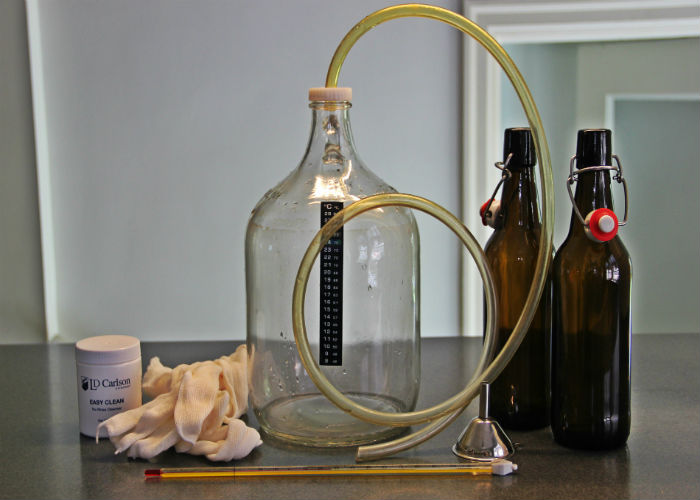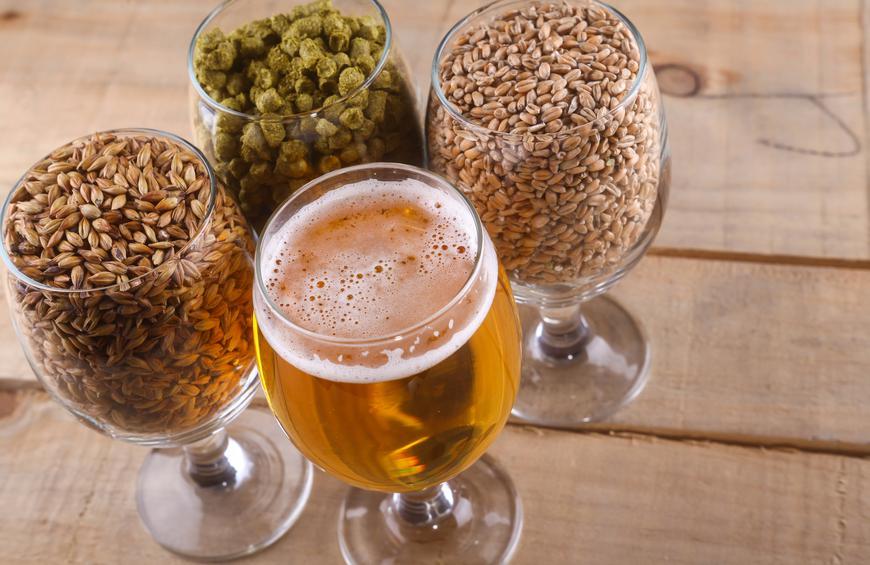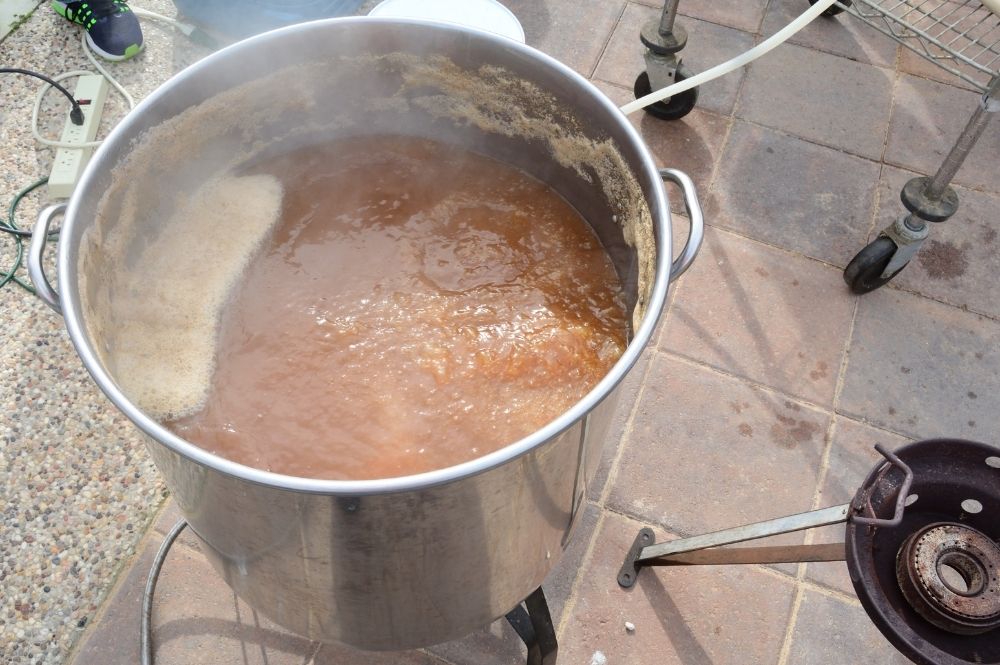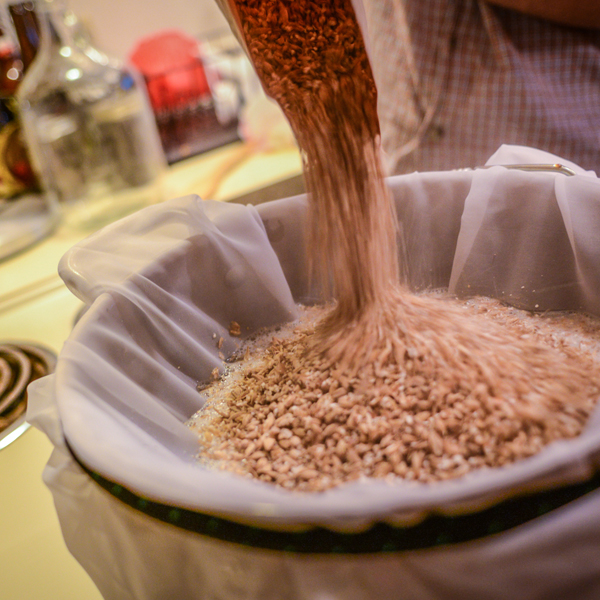Brewing has been practised in some form or another for thousands of years, with recipes dating back to nearly 2000 BC. Good craft beer for homebrewers can be done any way you want because you don’t have to cater to other people’s preferences.
Contents
Home Brewing: Essential Equipment

A quality home brewing system makes the hobby more accessible to everyone because it combines multiple pieces of equipment into a single unit. However, don’t worry if you don’t have an all-grain brewing system yet, as the essential pieces of equipment you’ll need to get started are all based on the same principles.
Brew Kettle
A brew kettle is used to boil the wort during the wort-making process. You should go for a high-quality product, preferably one made of 304 stainless steel- the corrosion and heat resistance will prove its worth over time and last for years.
Mash Tun
If you’re switching from extract to all-grain brewing, you’ll probably need a mash tun to complete the additional mashing process. While many systems combine the kettle and mash tun into one unit, you can also use a separate mash tun from your kettle.
Fermenter
The Fermenter is a critical piece of home brewing equipment. It’s where the sugary solution made by steeping malted grains in warm water –wort, takes on its alcoholic content.
Grain Brewing Ingredients

Malt
These are processed grains with high starch content by nature. Brewers use starch to make sugar, which is then used to make alcohol. Brewers’ preferred grain for making beer is malted barley, or malt, though many other malted and non-malted grains are also used.
Hops
Hops are what give beer its distinctive flavour. They add flavour and aroma to the beer while also keeping it fresher for longer. Most hops are boiled in wort for 1-1.5 hours, and during this time, the ‘alpha acids’ provide the main bitter and preservative element of the beer.
Yeast
The most important component of brewing is yeast. It’s the process that turns sugar into alcohol. To assist you initially, most yeast manufacturers indicate the style of beer the yeast is best suited for.
Water
Water is essential because it accounts for more than 85% of your beer. The better the water quality – the better the beer. Water can make the difference between a good beer and a fantastic beer.
The Process of Home Brewing

Sanitising
Brewing has only three rules. Sanitise, sanitise, and sanitise! It may not be the most enjoyable aspect of brewing, but it is crucial. The last thing a brewer wants is a batch of beer ruined by contamination that could have been avoided.
Mashing
Mashing is converting complex starches into sugars that can turn into alcohol by enzymes in the grain. The grains are steeped in warm water for an hour in a ‘Mash Tun,’ usually between 65°C and 68°C. When the mashing is finished, the grains are ‘rinsed’ with fresh warm water to extract the sugars.
Wort Boiling
Boiling concentrates, sanitises, and contributes significantly to the final wort composition, controlling many factors in the beer’s flavour, body, and palate fullness. It’s also where you put the tasty hops.
Fermentation
To start the fermentation process, you should transfer the cooled wort to a fermenting vessel and add the yeast. The yeast converts the sugar in the wort to alcohol and CO2. At this stage, essential flavour compounds are also being developed.
While you don’t have complete control over the fermentation time, temperature control is critical to the fermentation time’s outcome and the finished product’s quality.
Kegging & Bottling
Homebrewers have several options for packaging their beer at the end of the process. Bottling and kegging are the most popular ones.
For novices, bottling is usually the cheapest and most straightforward option. Bottles, like everything else in brewing, must be clean and sanitised. Fortunately, this can be as simple as putting them in a clean dishwasher for a hot wash. Glass or plastic bottles can be reused to make the hobby even more environmentally friendly. After all, it’s the easier way to show up at a barbecue with your latest batch of homebrew.
On the other hand, kegging beer is a more consistent and time-saving alternative to bottling. Kegs can be connected to a tap and served in the same manner as your local brewery. It’s more of an investment, but it comes with the ultimate bragging rights and the ease of the process. Consider your next get-together, where you’ll share your latest brew from your home bar setup.
Common Homebrewing Techniques

Yeast Starter
Making a yeast starter is a great way to save money. Under the right circumstances, yeast will happily reproduce. This means you can get a lot of yeast cells from a single packet. The procedure is simple and takes less than an hour to complete.
Dry Hopping
Essential oils in hops provide the bitterness, flavour, and aroma in hoppy beers like IPAs. Hops in the boil are necessary for producing iso-alpha acids, which determine the bitterness of the beer, but if you want some delicious notes, add them near the end of the boil, as most of the flavour and aroma oils are easily boiled off. Dry hopping is reintroducing hops into a beer near the end of fermentation or at the beginning. This method preserves as much flavour and aroma as possible in the finished beer, ideal for hoppy beers like pale ales and IPAs.
Step Mashing
Step Mashing is one of the homebrewing techniques you must try as your skills improve. In Step mashing, the temperature gradually increases through a series of rests. It’s an excellent method for producing more variety and unique beers.











